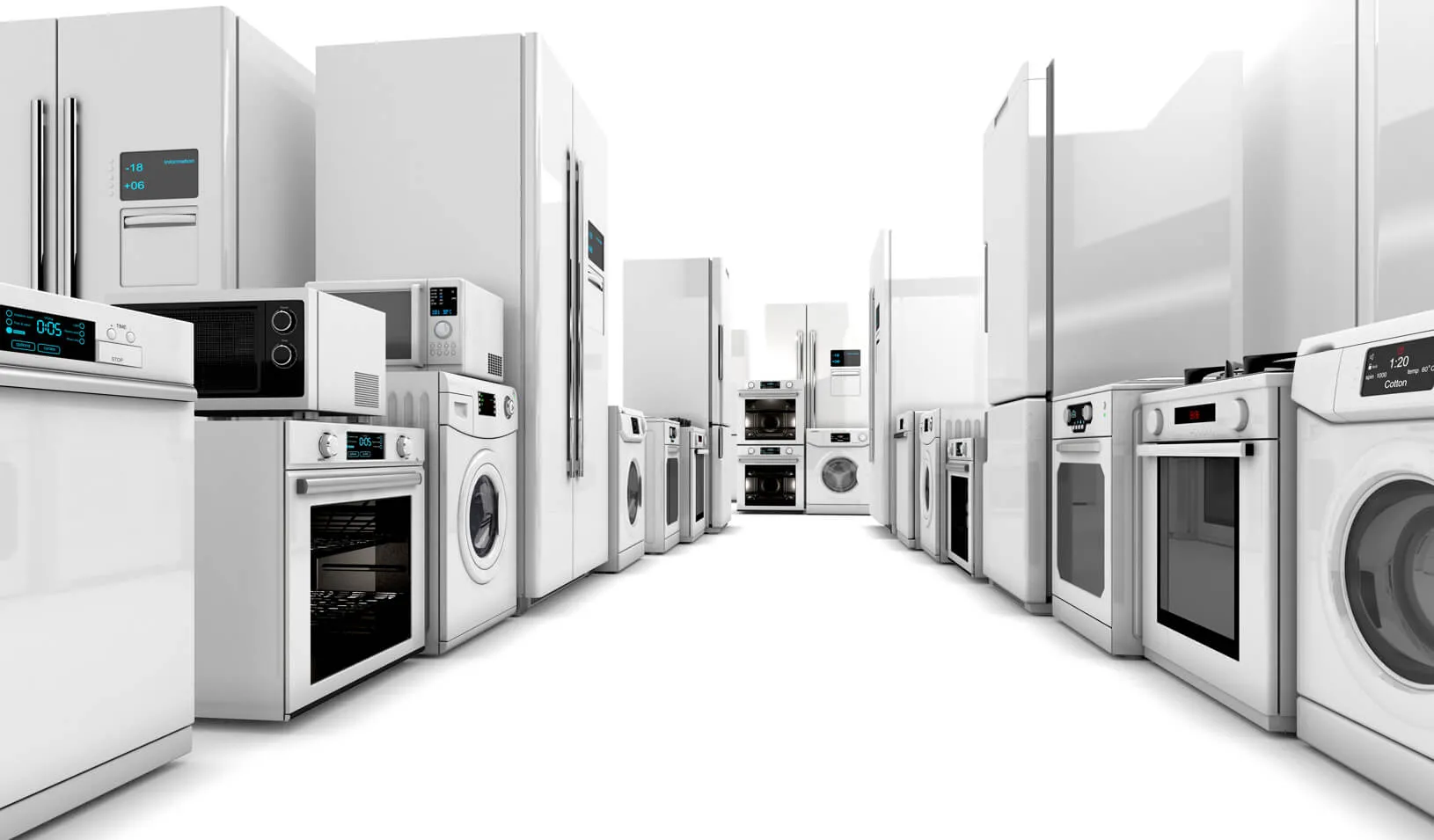Taking Advantage of the Tattletale Effect
Once the government sets product standards, let competitors — not regulators — test each other’s claims.
March 19, 2018

Manufacturers are both well-equipped and motivated to find flaws in competing products. | iStock/3alexd
If you want to make sure your new Whirlpool refrigerator really is meeting the efficiency standards of Energy Star compliance, as the manufacturer claims, is it better to test that claim by relying on regulators at the U.S. Department of Energy — or one of Whirlpool’s competitors?
A new study coauthored by Stanford Graduate School of Business professor Erica L. Plambeck offers an intriguing and somewhat surprising answer.
“The main point of the paper is that [competing] firms do have an incentive to test their competitors’ products, and it may be optimal for society to take advantage of that,” says Plambeck, the Charles A. Holloway Professor of Operations, Information, and Technology at Stanford GSB. “Competitors have a really important role to play, and that’s something we should encourage.”
The study (“Testing by Competitors in Enforcement of Product Standards,” to appear in an upcoming issue of Management Science) offers an eye-opening glimpse into the world of high-level manufacturing, which apparently is teeming with tattletales eager to find flaws in their competitors’ products and rat them out to government regulators. Those regulators have the authority to withhold marketable labels such as the Energy Star designation — a government program that certifies a product’s energy efficiency — or even force substandard products off the market.
An expert in manufacturing operations and supply chain management, Plambeck and her coauthor, Terry A. Taylor of the University of California, Berkeley, decided to apply the fundamentals of game theory to the world of product testing and quality control to figure out the most efficient way to assure that companies do the right thing.
Testing for Qualities Consumers Can’t See
The paper focuses on credence standards (such as Energy Star or restrictions on hazardous substances) that a consumer cannot observe in normal use of a product. Expensive, expert testing is required to determine whether a product complies with a credence standard.
The researchers found it can be best for the government to set standards, then wait for competitors to go through the expensive process of testing one another’s products. Such a system is efficient, Plambeck says, because manufacturers in the same industry are intimately familiar with compliance challenges and have an incentive to blow the whistle anonymously when a competitor’s product is noncompliant. That way, understaffed and underfunded government regulators can simply conduct tests to confirm or refute a competitor’s claim rather than starting from scratch to test for the myriad ways in which a product might not comply.
“Competitors are deciding how much money to spend to increase the probability that their products will comply with a standard,” Plambeck says. “The questions become: How much effort do you put in, how much cost do you incur to increase the probability that you’re compliant, and how much do you spend to test competitors’ products, anticipating that — if you knock out your competitor — you can sell your own product at a higher price in the market?”
Coming up with a workable model for the study took years and many rounds of peer review, she says.
“We started with a basic model, but we kept sending it out to be refereed by people who know a lot about the markets we’re dealing with,” Plambeck says. “After each round the model became more sophisticated. What we ended up with is innovative, and this is the first paper to model this phenomenon and get these sorts of insights.”
Competitors Are Better at Spotting Flaws
The study concludes that firms “can detect violations in competitors’ products at lower cost and more effectively than a regulator.” The results also “suggest that social welfare might be improved by relying on competitor testing (having the regulator do zero testing to detect violations),” Plambeck writes.
But the study also offers important caveats about relying on private-sector snitches, and Plambeck cites the recent “Dieselgate” scandal involving emissions testing of Volkswagen diesel models as an example. The German carmaker devised a way to make the emissions on popular models appear lower during government testing than they would be in real-world circumstances. Uncovering the deception fell to a non-government organization, partly because none of Volkswagen’s competitors blew the whistle. Why?
“As we saw in the Dieselgate case,” Plambeck says, “the car manufacturers were colluding not to report because they were all violating the standard in a common manner.”
Competitors have other reasons not to report. They may decline to tattle on a competitor if their own company might be harmed by publicity about a competitor’s violation, or if a common supplier is responsible for the violation.
The Benefits of Third-Party Testing
She also notes the importance of third-party testing, which can play a role analogous to testing by a regulator, but with potential for the government to require a manufacturer to pay the cost of that testing.
“But there’s a gap,” Plambeck says. “The U.S. exempts small manufacturers from third-party testing for some safety standards, due to concerns that the testing costs could put small manufacturers out of business. However, our analysis shows that small manufacturers do not attract testing by competitors. And without testing — by a competitor, a third party, or government regulators — manufacturers lack incentives to comply with product standards. Hence exempting small manufacturers from third-party testing requirements is worrisome unless government regulatory authorities step in to test those smaller firms’ products.”
For media inquiries, visit the Newsroom.
Explore More

The Surprising Economic Upside to Money in U.S. Politics

Why the Experts Should Answer to the Amateurs



